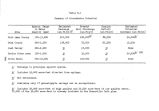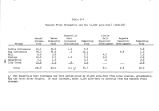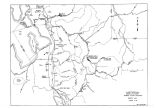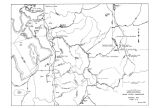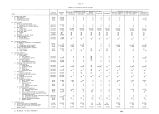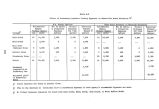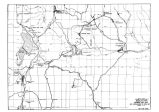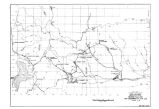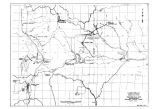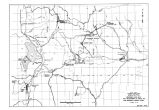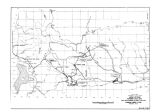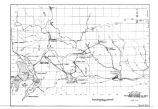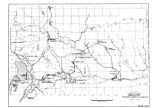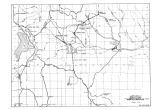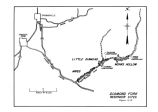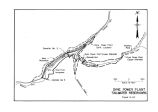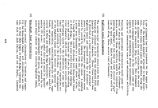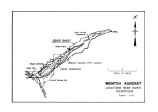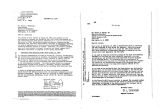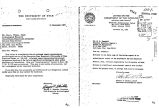| OCR Text |
Show On Upper Stillwater Reservoir, most of the 130- foot annual drawdown would occur during the fall after the recreation season. c. The reduction in flows that would occur on the streams affected by the Bonneville Unit would cause unnatural exposure of significant amounts of channel substrate. This problem would be particularly acute on the Strawberry River, the West Fork of the Duchesne River, and the other streams where substantial downstream releases of water would not be made. d. The improved access to the Upper Stillwater area and the High Uinta Primitive Area would allow and encourage an increase in recreational use of this presently semi- remote area. This increased utilization would detract from the existing wilderness experience, particularly at the Upper Stillwater site. e. Despite the careful application of restoration measures on disturbed land areas there would be some eroding soil reaching streams. f. The diking of Goshen Bay and the diking and draining of Provo Bay would create conditions conducive to short- term production of foul smelling odors from decaying organic matter and noxious and nuisance insects. The adverse visual impact would also be significant. The situation on Provo Bay would be alleviated through cultivation of the area. However, without proper management, the situation in Goshen Bay would be more permanent. Development Along the Wasatch Front The municipal and industrial system of the proposed Bonneville Unit would be expected to contribute to the future growth of the Wasatch Front by satisfying existing water needs and future demands up to about the year 1990. However, by itself, the Unit would not be expected to cause this increased development. The anticipated growth would be expected to produce some adverse byproducts associated with the degradation of air and water quality, undesirable noise levels, overcrowding, and a general decline in the " quality of life." At this time it does not appear reasonable to consider that the expected adverse byproducts of the additional growth and development would be unavoidable. It does appear reasonable that the State of Utah through implementation of a land use plan could regulate the extent and distribution of the anticipated growth in a manner that would avoid or minimize environmental degradation. The State is currently carrying out a land use planning program. 474 |


















































